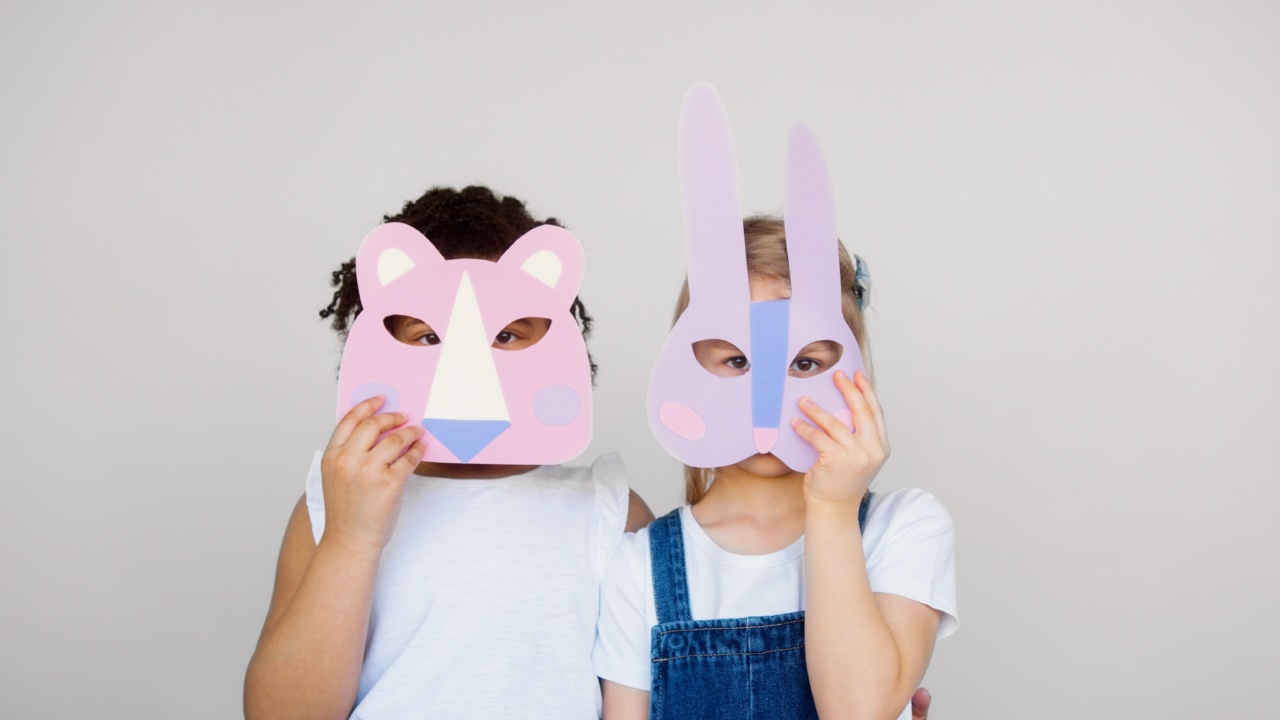Pets have always held a special place in the hearts of children. Whether it be a cute little puppy, a fluffy kitten, or a gentle hamster, the presence of a pet in a child’s life can bring about a multitude of benefits.
One such advantage is their ability to act as a source of emotion regulation for children.
The Power of Emotional Support
Children often face a variety of emotional challenges as they grow and develop. From dealing with stress at school to navigating complex social situations, their emotions can often feel overwhelming. This is where pets can play a crucial role.
Pets provide unconditional love and support, acting as a source of comfort during difficult times. When children are upset, they can turn to their pets for a listening ear and a warm cuddle, offering an instant boost to their emotional well-being.
Teaching Responsibility and Empathy
Owning a pet also comes with a set of responsibilities. Children need to take care of their pets by providing food, water, and ensuring their overall well-being. These tasks teach children important life skills such as responsibility and empathy.
They learn to consider the needs of another living being and develop a sense of empathy towards their furry friends. This ability to empathize with pets can extend to their interactions with other people, fostering positive relationships and emotional regulation in various contexts.
Reducing Stress and Anxiety
Research has shown that interacting with pets can significantly reduce stress and anxiety levels in both children and adults. The simple act of stroking a pet’s fur releases oxytocin, the hormone associated with bonding and relaxation.
When children are feeling overwhelmed or anxious, spending time with their pets can provide a calming effect. Pets offer a nonjudgmental presence, creating a safe space for children to express their emotions and find solace.
Providing a Sense of Security
Pets can also provide children with a sense of security and comfort. Having a loyal companion by their side can alleviate fears and anxieties, particularly during nighttime or unfamiliar situations.
Pets, such as dogs, are known for their protective instincts and can offer children a strong sense of security. Knowing that their pet is there to watch over them can significantly contribute to a child’s emotional regulation and overall well-being.
Promoting Physical Activity
Pets often require regular exercise and playtime. This can have a positive impact on a child’s emotional regulation as well.
Engaging in physical activities with pets, such as taking them for walks or playing fetch, helps release endorphins, which are known to improve mood. Regular physical activity also helps children burn off excess energy and manage stress more effectively, leading to better emotional well-being.
Building Social Skills
Interacting with pets can also enhance a child’s social skills. Pets provide a non-threatening relationship that allows children to practice socializing, communication, and empathy.
For example, a child may learn to be gentle and patient when teaching a pet a new trick or may practice effective communication skills when giving commands. These skills translate into their interactions with peers and adults, facilitating emotional regulation in social settings.
Emotion Regulation through Pet Therapy
Pet therapy is a widely recognized form of therapy that involves interactions between trained animals and individuals with various emotional or physical needs.
This form of therapy has shown remarkable results in helping children regulate their emotions. The presence of a therapy animal can provide comfort, reduce anxiety, and promote emotional well-being. Pet therapy programs are often implemented in schools and healthcare settings, offering children a valuable resource for emotional regulation.
Fostering Unconditional Love
Pets offer unconditional love, acceptance, and companionship. They do not judge, criticize, or hold grudges. This unconditional love is a powerful tool for emotional regulation, particularly during times of sadness or disappointment.
Children can freely express their emotions to their pets without fear of rejection or misunderstanding. This open emotional outlet helps children process their feelings and develop healthier coping mechanisms.
Quality Time and Bonding
Having a pet in the family encourages quality time and bonding. Whether it be playing together, grooming, or simply snuggling up on the couch, these shared experiences build strong connections between children and their pets.
This bond strengthens emotional regulation as it provides children with a consistent source of support and companionship. The time spent with pets allows children to relax and recharge, ultimately enhancing their overall emotional well-being.
Mental Health Benefits
The presence of pets in a child’s life has been linked to numerous mental health benefits. Research has shown that children with pets are less likely to experience feelings of loneliness, depression, and anxiety.
Pets offer a constant source of joy, purpose, and comfort, promoting positive mental well-being. By acting as a source of emotional regulation, pets can help children navigate the ups and downs of life and build resilience.
Conclusion
Pets truly have a remarkable impact on the emotional regulation of children. Their presence provides comfort, security, and unconditional love.
Interacting with pets teaches children valuable life skills, enhances their social interactions, and reduces stress and anxiety. From building empathy to promoting physical activity, the benefits are vast. Pets play an integral role in a child’s emotional development, offering a consistent and reliable source of support throughout their journey into adulthood.






























